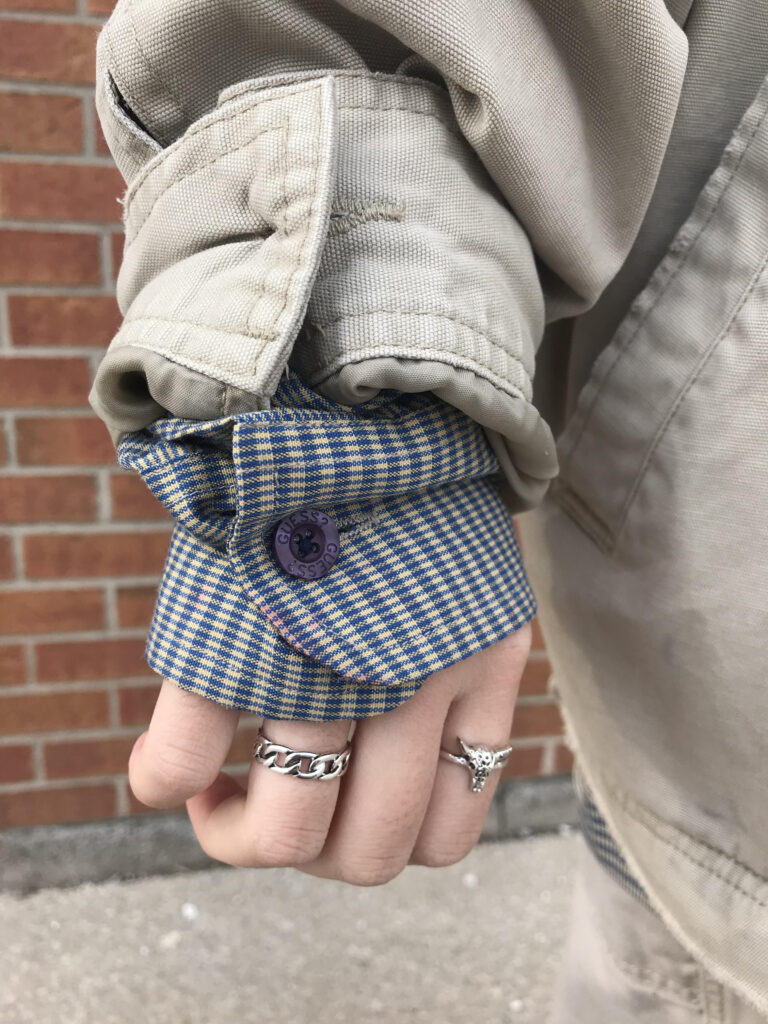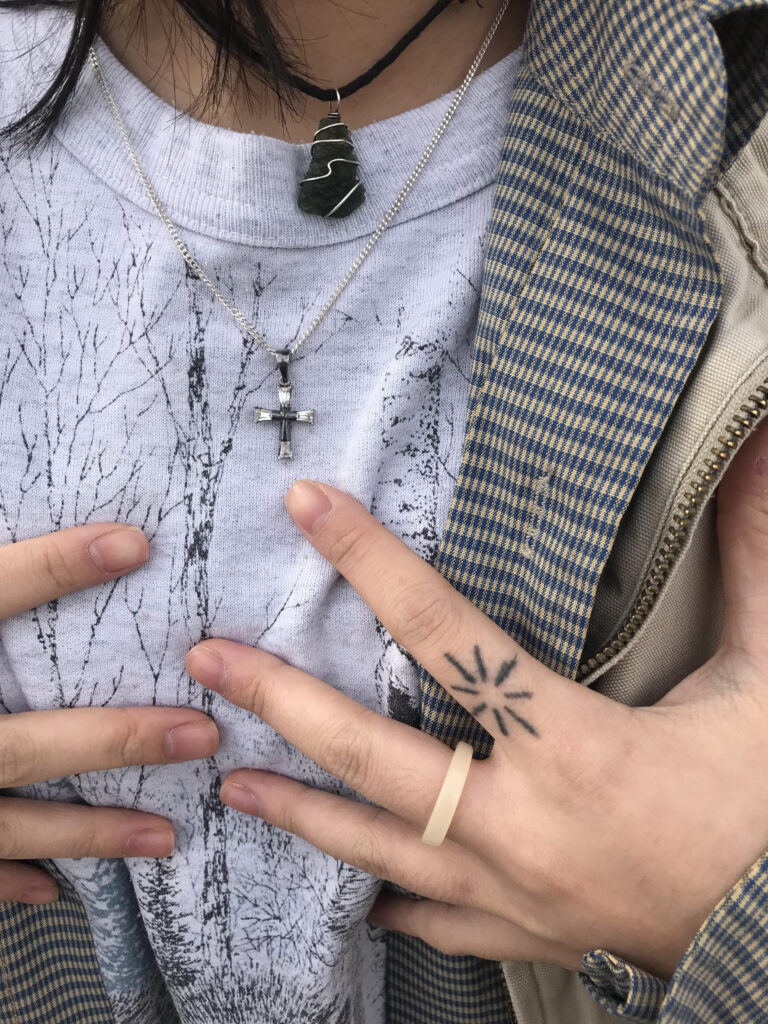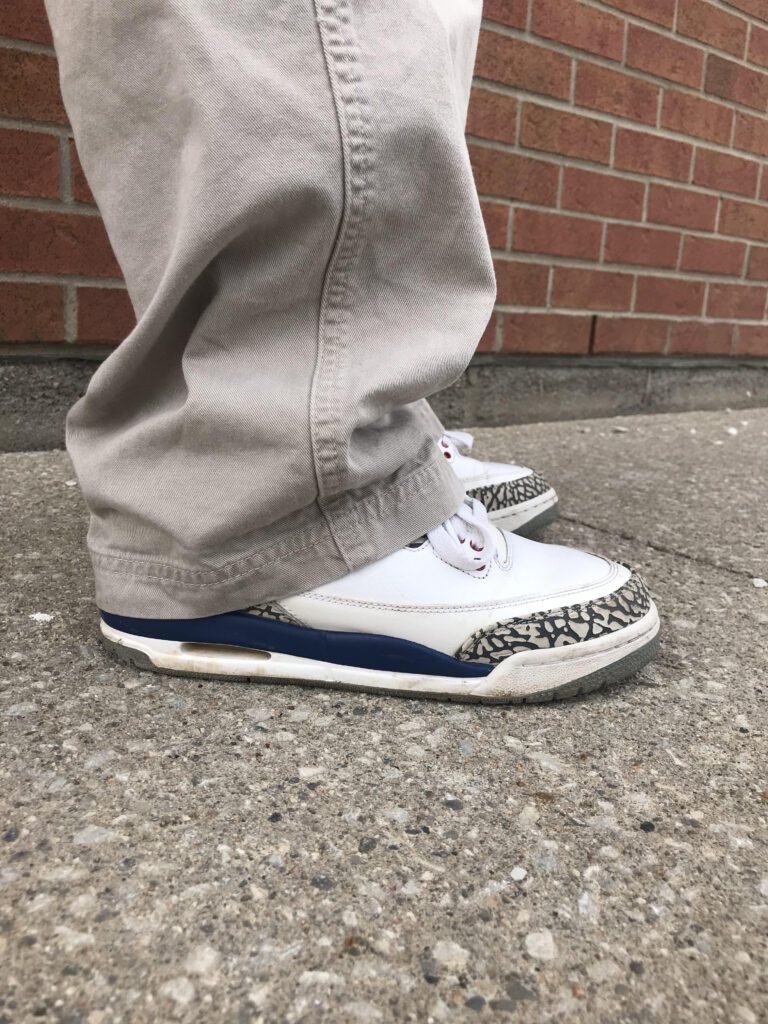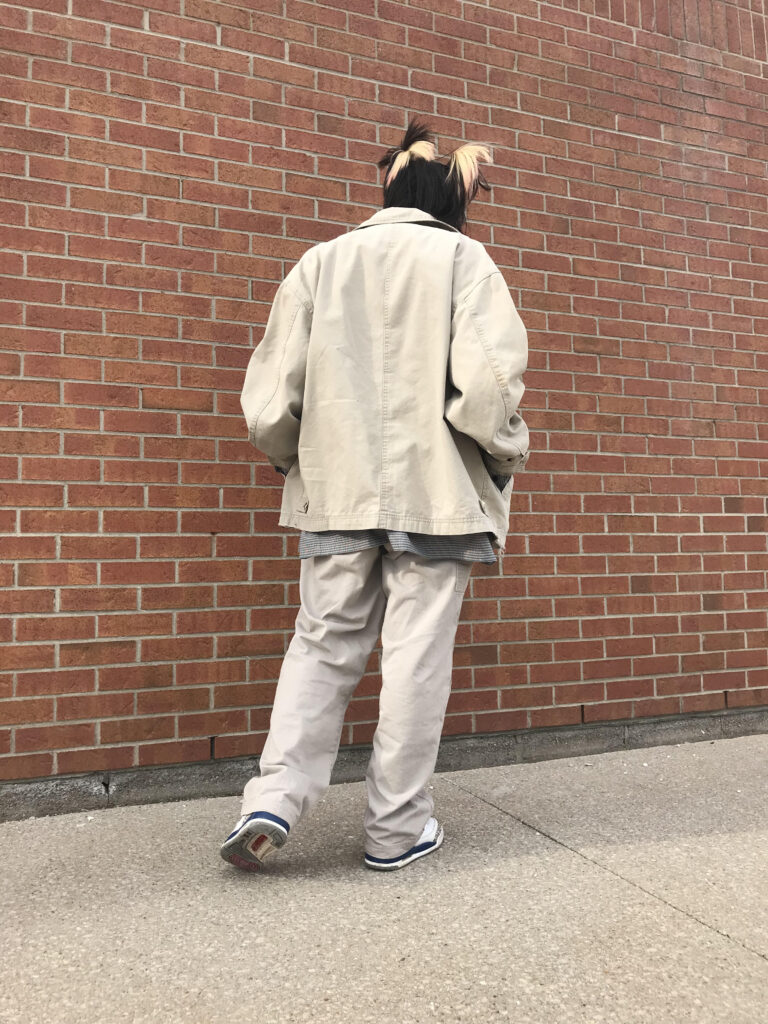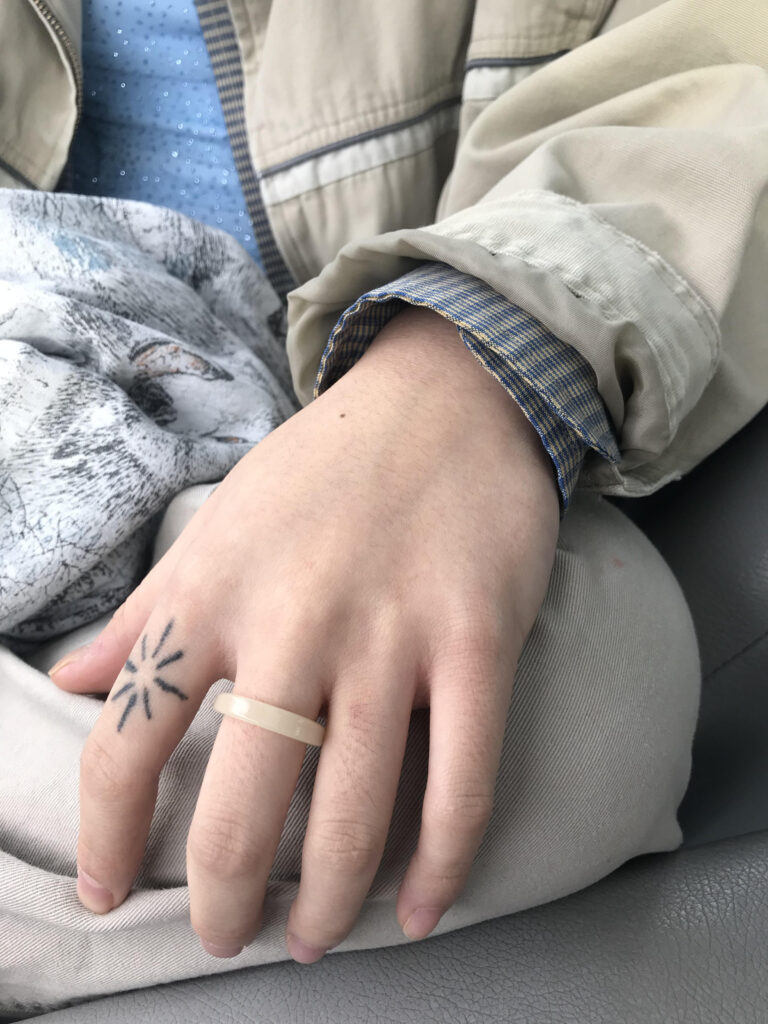[vc_row][vc_column][vc_column_text]
The need to go out during the early days was minimal and the need and desire of having to dress up slowly, disappeared from our consciousness, but our desire to dress grew and grew…
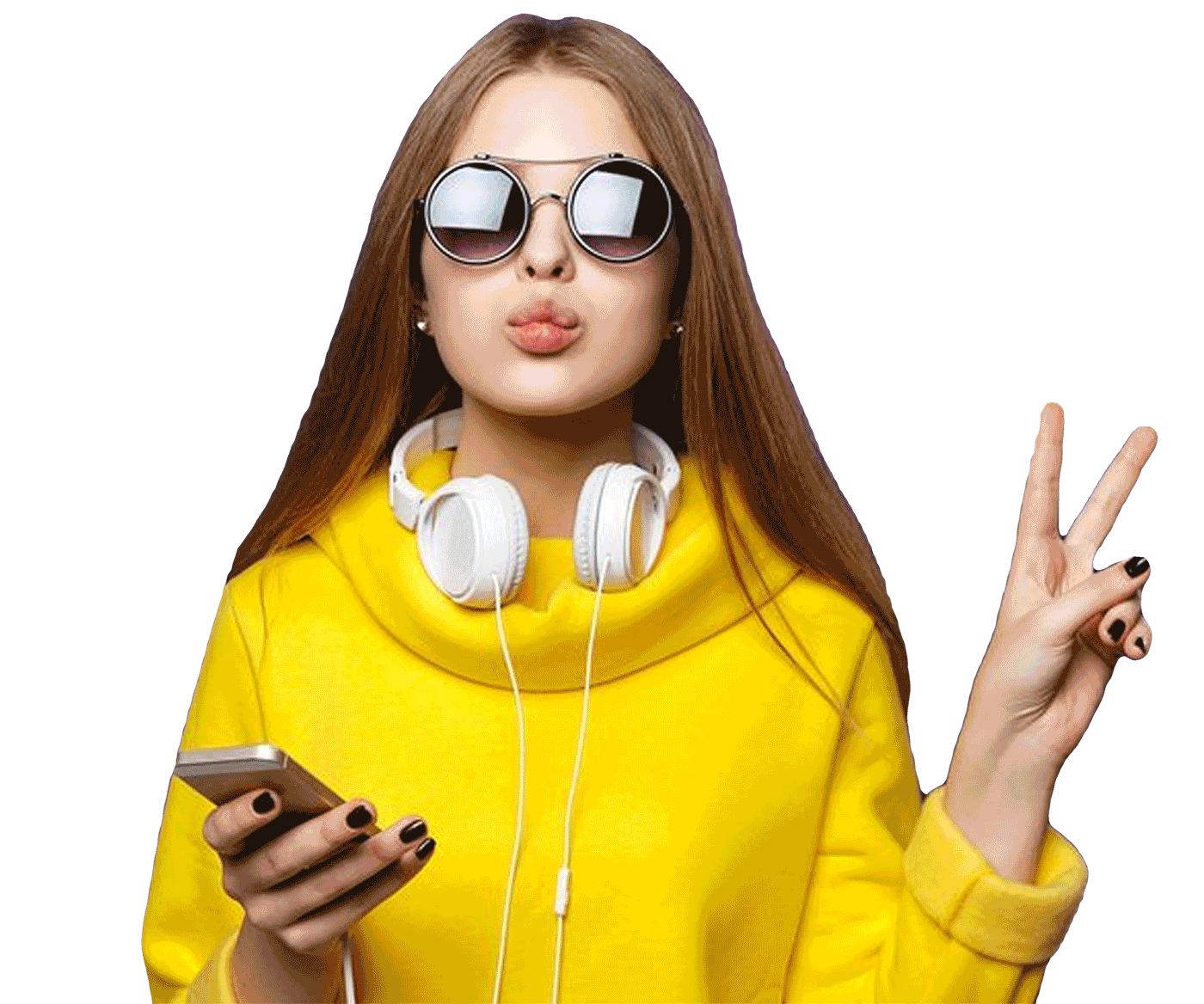
images by: “Pexels”
By Michael Karant
The pandemic freed Kate Kostick from the social constraints of fashion.
Now estranged from her high school contemporaries, Kostick now feels free to dress as she likes. With the social parameters for how to dress in highschool, she could not fully dress as she pleased, feeling constrained by the judgment of others, her expression was limited. After several months apart from her former high school mates, Kostick, now doesn’t feel constricted in her dressing anymore. She can fully dress as she wants, feeling confident, powerful and like herself in her reformed attire as she enters her university years.
It is clearly evident why our closets have gone through this hiatus in the last two years, no social gatherings, therefore no need for dressing up. People favoured the choice of function over fashion during this time, and often what people find comfortable is not necessarily what is seen is the most appealing.
It is easy to say that people’s wardrobe skills have slowly deteriorated over the past few years in the pandemic. However, the effect of this may not be as clear cut as it seems.
The sheer amount of time people had to spare during quarantine allowed them to explore and expand their interests, one of which was fashion. The COVID19 pandemic did not extend to plague people’s wardrobe but only added to their love for dressing up as people learned more about themselves and what they liked.
Through interviews, I discovered that many shared this fashion journey during quarantine, with social media being a great source of inspiration for many.
I took this journey in the first year of quarantine. With more time on my hands I found myself exploring new interests through media, one amongst which was my wardrobe and how I presented myself. While I used to be very into British soccer inspired fashion before entering quarantine, I found my taste changed to more rock or classical inspired outfits, with a big emphasis on the quality and uniqueness of my clothing.
However, before the stage of inspiration came a period of tired withdrawal from the idea of having to put effort into one’s attire.
“You’re kind of just like, ‘I don’t want to dress up today.’ You’re kind of just, in that mentality and mindset that you don’t want to put effort into anything,” said 19 year old Wilfred Laurier University student Clara Mendiola.
However, all of the excessive amount of time spent at home did allow people to explore their interests and develop new ones, which often extended to people’s wardrobe.
“Because of COVID everybody was spending more time on their phone to socialize rather than in person. So because of that, a bunch of people were on Tik Tok, and then through Tik Tok, I actually found a lot of my fashion sense,” said 19 year old Nicole Tran.
Nicole Tran demonstrates the finer details of her outfit. (Michael Karant/T•)
Other people have similarly expressed that they found a great deal of inspiration from social media such as TikTok or Instagram, while others also noted that they took their inspiration from music and movies. But where does the idea become reality?
“I feel just seeing people be able to express themselves so easily and so, clearly through their fashion sense on TikTok, and then I would see somebody I like, their fashion sense, and I’d want to embody their style. So then I would buy clothing to kind of match that aesthetic,” said Tran.
But where does this desire come from? Why should people even care about what they wear, and how could they potentially “improve” their style?
Kostick, now a fashion student at Ryerson University, said: “When I was in high school the group of people I hung around had their very set “uniform” for what was an acceptable attire. When I was in quarantine away from those people I felt like I could wear what I wanted without being judged which just opened my creative ambitions and I started dressing more outlandish, and then I felt more confident and be more like myself.”
Kostick said that in high school there would be a certain level of judgment towards people who did not dress in jeans and a crop top which she did wear though she felt it limited her. Following the initial quarantine period she found her love for leather trench coats, ties and vintage patterned vests.
Tran said she grew to favour the “skater’ aesthetic during the early months of quarantine as she felt she fit in with that whole culture.
“I feel the way people dress has to do with social groups. Skaters were the social group that I perceived myself to fit into because I did skate so like, it would be great to have that type of fashion sense. This was the social group that I want to fit into. I feel like that was the look that I find really attractive so I wanted to embody that,” Said Tran.
Pre-pandemic Mendiola expressed her love for 80s inspired looks with light wash jeans and colorful windbreakers, all of which revolved around the combination of cool tones.
Following her time spent in quarantine Mendiola said her tastes slightly changed and matured. While still favouring the older fashion style, this time Mendiola was leaning towards wearing more vintage knitted sweaters and cardigans while utilizing more muted tones.
Kostick says that when she creates an outfit to her liking, you feels more confidence in herself and happiness with her image: “When I’m dressing in my own style I feel more creative.”
[/vc_column_text][/vc_column][/vc_row]

